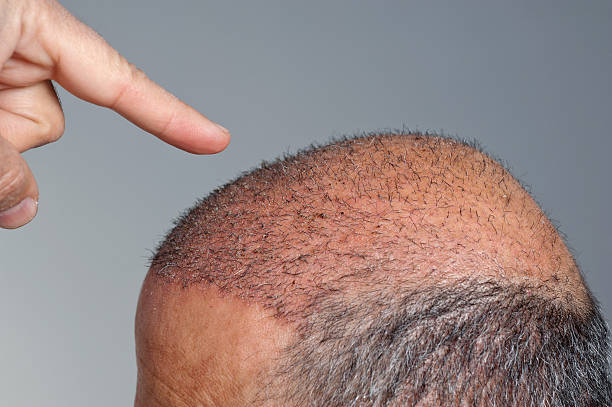Unveiling the Reality of Hair Transplants: A Comprehensive Guide
Hair loss is a common issue that has plagued men and women alike throughout the ages. It is an emotional and often embarrassing problem that can significantly impact one's self-confidence and overall quality of life. Over the decades, advancements in medical technology have provided several viable solutions to hair loss, including the increasingly popular hair transplant. However, despite their growing popularity, hair transplants remain shrouded in mystery and misinformation for many. This article aims to demystify the hair transplant process, shedding light on its history, how it works, who it's suitable for, and what one can realistically expect from the procedure.

A Historical Overview: The Genesis of Hair Transplants
The concept of hair transplantation is not as modern as one might think. It can be traced back to Japan in the 1930s, where surgeons first attempted to use hair transplant procedures to restore the eyebrows and eyelashes of burn victims. However, the techniques used then were rudimentary and yielded less than desirable results.
The procedure as we know it today was pioneered in the 1950s by a dermatologist named Dr. Norman Orentreich. He discovered the concept of “donor dominance,” which suggests that hair follicles taken from areas resistant to balding (like the back of the head) will continue to grow even when transplanted to a balding area. This breakthrough laid the foundation for modern hair transplant techniques.
Functionality: How Does a Hair Transplant Work?
There are two main types of hair transplant procedures: Follicular Unit Transplantation (FUT) and Follicular Unit Excision (FUE). Both are based on the principle of donor dominance as discovered by Dr. Orentreich.
In FUT, a strip of skin bearing hair is removed from the back of the head, divided into individual follicular units, and then implanted in the balding area. FUE, on the other hand, involves harvesting individual follicles from the donor area and transplanting them directly to the recipient area. The choice between the two depends on the individual’s hair loss pattern, personal preference, and the surgeon’s recommendation.
Eligibility: Who Can Benefit from Hair Transplants?
While hair transplants promise an effective solution to hair loss, they are not a one-size-fits-all solution. The ideal candidate for a hair transplant is someone with stable hair loss, enough donor hair, and realistic expectations. Individuals with diffuse or widespread hair loss, or those with medical conditions causing hair loss, may not be the best candidates. A thorough consultation with a qualified surgeon is crucial to determine eligibility and the potential for satisfactory results.
The Aftermath: What to Expect Post-Procedure?
Hair transplants are generally considered safe procedures with high success rates. However, like any surgical procedure, they come with potential risks and side effects. Some common post-procedure experiences include temporary swelling, numbness, or discomfort at the donor and recipient sites. Hair shedding is also a common occurrence as transplanted follicles enter a resting phase before new growth begins.
The final results of a hair transplant are typically visible 12 to 18 months post-procedure, although this can vary from person to person. It’s important to remember that hair transplants do not create new hair; they simply redistribute existing hair. Therefore, the outcome depends largely on the quality and quantity of the donor hair.
The Verdict: Impact and Reception of Hair Transplants
Hair transplants have been hailed as a game-changer in the world of cosmetic surgery, offering a permanent solution to hair loss. Their popularity continues to surge, largely due to improved techniques, better results, and growing awareness. The impact on individual self-esteem and confidence can be profound, leading to an overall positive reception of hair transplants.
However, it’s crucial to have a balanced perspective. Hair transplants are not a miracle cure for all types of hair loss. They are a medical procedure that requires careful consideration, proper research, and a skilled surgeon. The decision to undergo a hair transplant should not be taken lightly but should be an informed choice based on realistic expectations and a thorough understanding of the procedure.
In conclusion, hair transplants have come a long way since their inception, offering hope to those struggling with hair loss. They serve as a testament to the strides made in medical technology and continue to evolve. As with any medical procedure, knowledge and understanding are key to making the best decision for your personal needs and circumstances.



